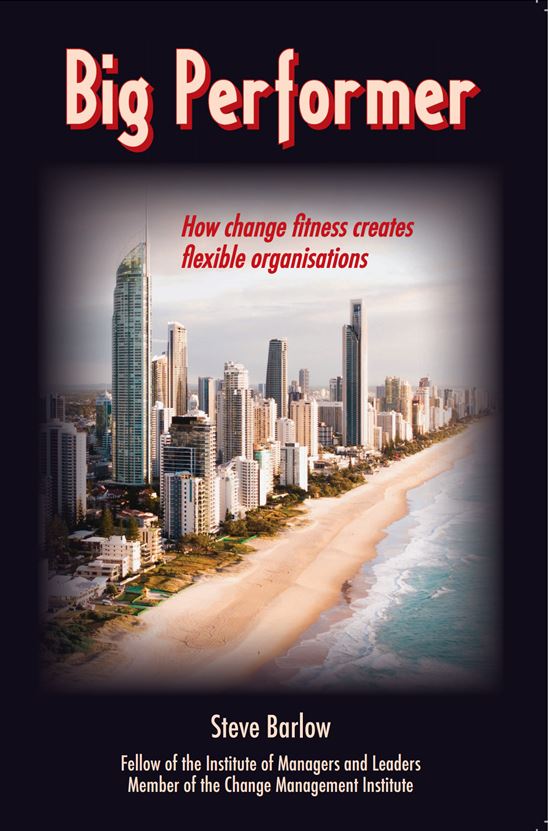Agility and Performance
There is a direct causal connection between an organisation’s agility and its performance.
It’s relatively easy to understand this connection in conceptual terms. To be agile doesn’t just mean to be ready for change. It means to be ready to change in positive, adaptive ways. To change in ways that favour performance and positive outcomes.
By taking agility gains and linking them to performance outcomes you can measure the benefits of increased agility. You can read more about this by ordering the book below.

Big Performer
AU$29.99
AU$3.00 (tax)
Total: AU$32.99
Processing ...

Big Performer
This is the most recent publication by Dr Steve Barlow, CEO of The Change Gym. Discover how change fitness (a key component of agility) improves organisational performance. Postage included within Australia.